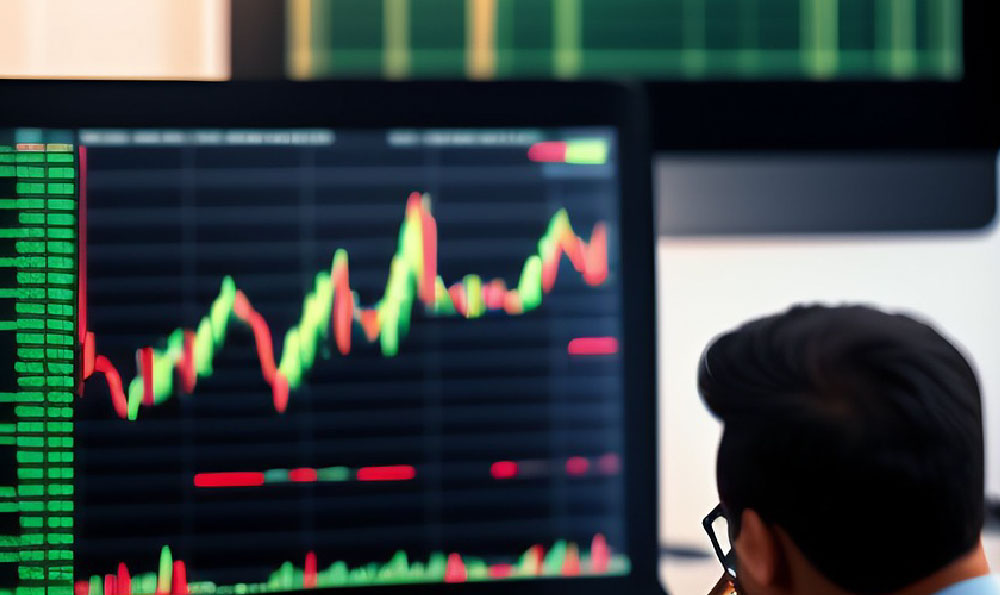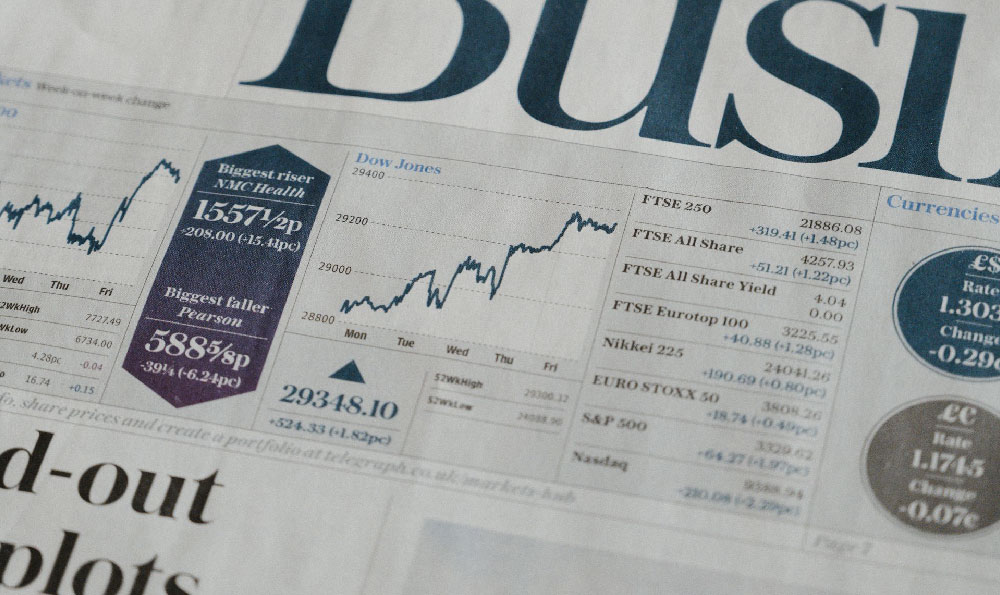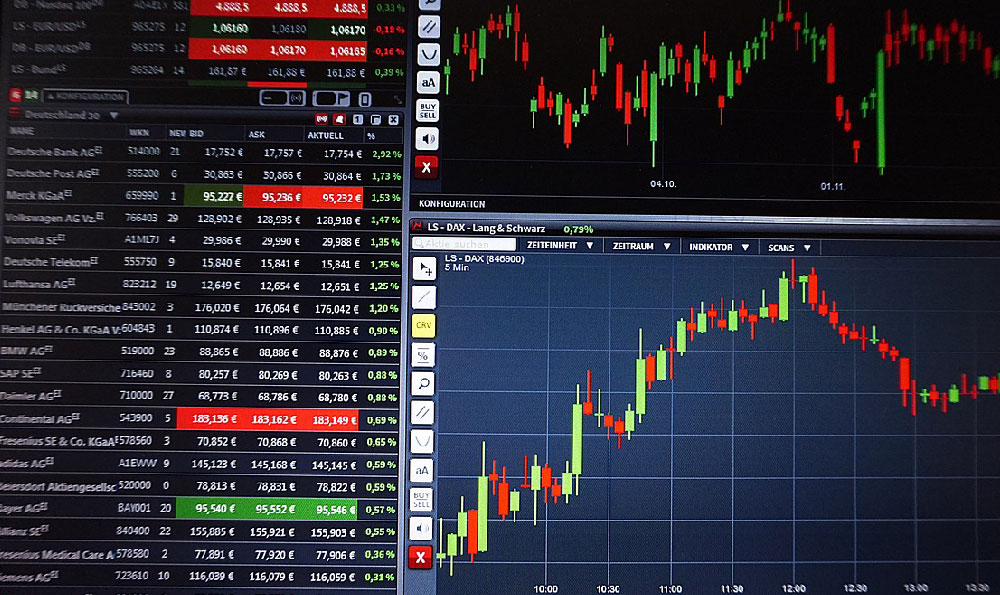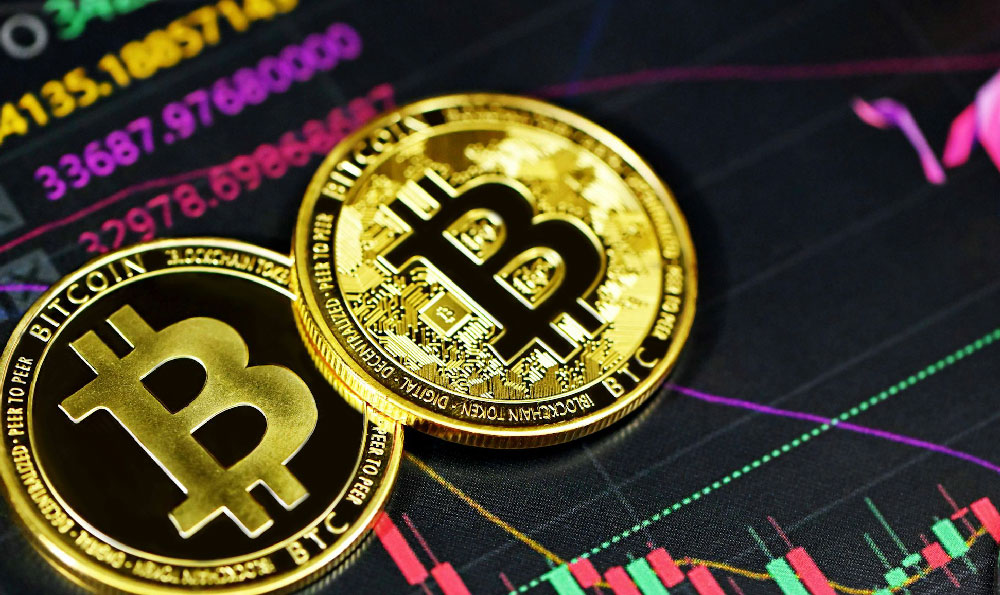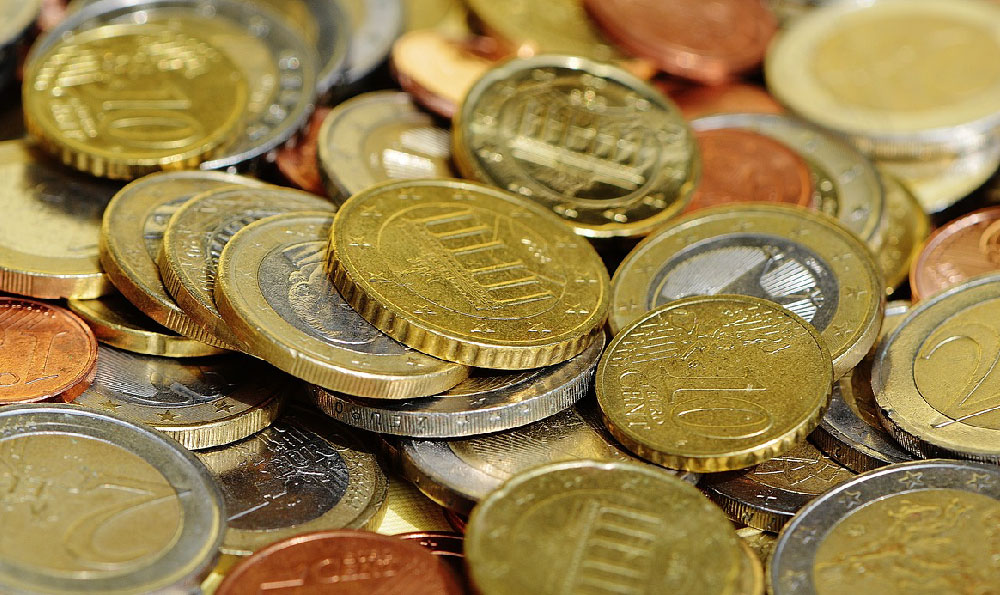Plasma donations have emerged as a topic of interest for individuals seeking supplemental income, particularly in the context of rising healthcare costs and the need for alternative financial strategies. While the prospect of earning money by donating plasma may seem appealing, the reality is more complex, involving considerations of frequency, regional variability, and the broader economic and health implications of this practice. The earnings a person can derive from plasma donations are influenced by multiple factors, including the specific location, the procedures followed by the donation centers, and the individual's eligibility based on health and immunization status. For example, in the United States, the compensation for plasma donations typically ranges from $50 to $200 per session, depending on the donor's age, weight, and the frequency of donations. However, this figure is not static, and various adjustments may affect the actual amount received.
The process of donating plasma, known as plasmapheresis, involves removing blood from the donor, separating the plasma component through centrifugation, and returning the remaining blood cells to the donor. This procedure requires a minimum of one hour, with the actual plasma collection taking around 45 minutes. Donors must also meet specific health criteria to ensure the safety of both the donor and the plasma products. For instance, regular blood tests are conducted to check for infectious diseases, and donors are required to maintain a certain body weight to ensure sufficient plasma volume. Additionally, the frequency of donations is regulated, with most centers allowing a maximum of two donations per month. The recovery period between donations is essential, as it allows the body to replenish its plasma levels and maintain overall health.
The demand for plasma products is driven by their critical role in medical treatments, particularly for patients with autoimmune disorders, bleeding conditions, and other immune-related illnesses. Plasma-derived medications, such as immunoglobulin therapy and clotting factor concentrates, are often used to manage chronic conditions that require long-term care. This increasing medical necessity has led to a steady demand for plasma donations, which in turn has influenced the compensation rates offered by plasma centers. In some regions, particularly those with a high concentration of plasma manufacturing facilities, the payment for donations may be higher due to the competitive nature of the market. Conversely, in areas with a lower supply of plasma donations, the compensation may be adjusted to reflect the market's equilibrium.

From an economic perspective, plasma donations offer a relatively low-risk source of income, as the procedure is non-invasive and the health risks are minimal when proper screening and safety protocols are followed. However, the opportunity cost associated with this activity should not be overlooked. The time spent at donation centers, combined with the recovery period required between donations, may limit alternative employment opportunities or leisure activities. Furthermore, the income generated is typically not substantial enough to replace a full-time job, making it more of a supplementary rather than a primary source of revenue.
The financial benefits of plasma donations often extend beyond the immediate compensation. Many donation centers provide additional incentives, such as travel reimbursement, gift cards, or loyalty programs, to encourage consistent participation. These supplementary benefits can enhance the overall value of the donation process, making it more attractive for individuals with financial needs. However, the consistency of these incentives may vary, and donors are advised to research and compare the offerings of different centers to optimize their earnings.
In conclusion, the potential earnings from plasma donations are influenced by a combination of factors, including location, frequency, and the specific policies of donation centers. While the income may not be significant in isolation, it can serve as a valuable supplementary source for individuals who are medically eligible and motivated to participate. The decision to engage in plasma donation requires a careful evaluation of both the financial incentives and the health considerations involved, ensuring that the donor's well-being remains a priority. Additionally, the broader implications of plasma donations, including their essential role in healthcare and the economic dynamics of the plasma industry, must be considered when assessing the viability of this practice as a financial strategy.


